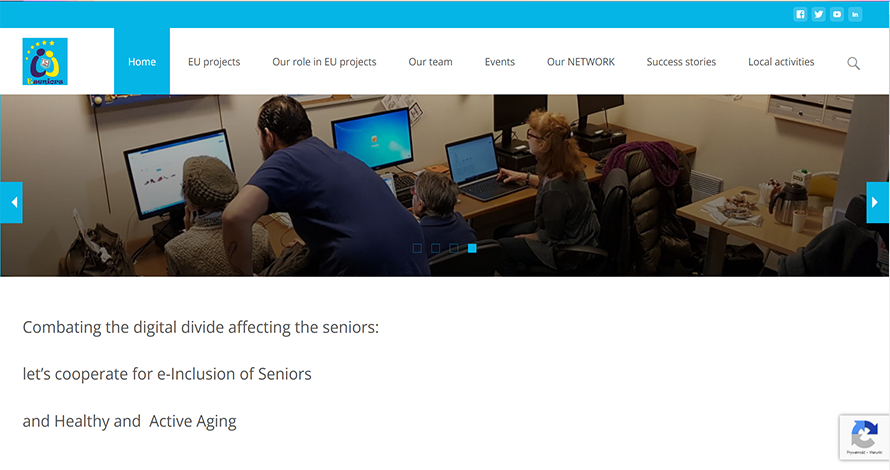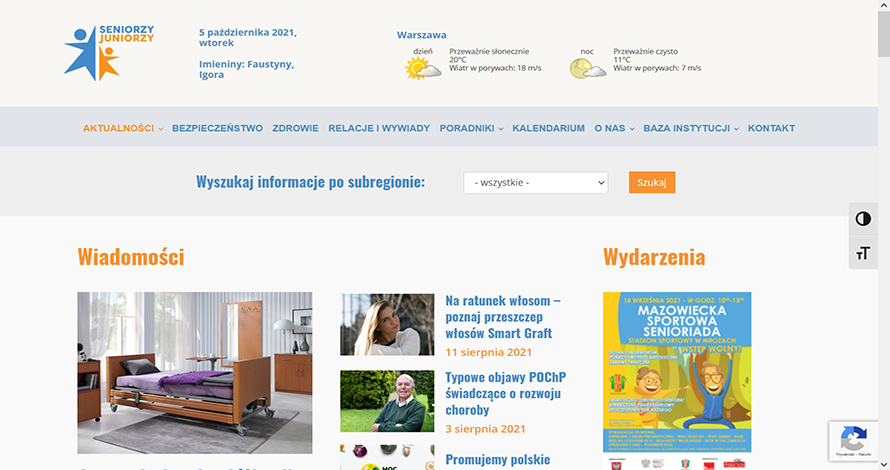About project
Introduction
The age structure of the European population is changing rapidly and radically in the balance between the number of younger and older people. In the same time, we notice the problem of discrimination of seniors and exclude them from social life. Therefore, there is a need to rethink and recognize the role of older people and their important, yet often invisible, contributions to the local community.
Effective community leadership is an important contributor to local social development. Civil society organizations such as community groups, voluntary organizations, charities, and community cooperatives, are taking a lot of actions to prepare their communities for modern life.
Community leaders, therefore, are an important part of their communities. A community leader is someone who isperceived to represent the community’s interests and plays the role of protecting them. Communityleaders have a vast range of roles that range from mobilizing communities for a common cause ofdesigning courses of action to overcome common challenges. Community leadership work meansalso building a succession plan to keep the community strong as you move forward into the future.
Role of a Leader
It is impossible to start any permanent change in the community if there is no leader, so it is also important to provide for potential and existing leaders opportunities for their own personal development, for the growth of knowledge. There is also needed a space to exchange experiences and to get inspired.
We think that mentoring can be the way to support experienced community leaders and encourage potential ones. It can be an opportunity to exchange knowledge, ideas and good practices.
It can also be a great source of motivation, which plays a key role in making positive changes in the community. Without it, it would not be possible to take any action and involve other people. Mentoring between community leaders has great potential also because of the coordination of goals - there is no competition.
Knowledge can be shared without rivalry or fear, as everyone's main goal is community development.
Aim of the project
The aim of our project is the encouragement to improve community development and increase the number of local leaders prepared to contribute to the local community development by: - providing training for the future and current community leaders over 50 to increase their knowledge and skills, - promoting the emergence of new community leaders through mentoring, -sharing experience, best practice and active networking between the community leaders.
Project objectives: 1. Preparation of a model of mentoring between local community leaders. 2. Prepare training for current and future leaders of local communities. 3. Prganization of mentoring for new community leaders.
Portals dedicated to seniors.
The local community leaders are
also necessary to make positive changes in the local communities. They are an integral part of their community. They are “in the middle” and because of that, they know what exactly is needed, what are the opportunities, resources, but also weaknesses of their community.

Project timeline
-
November 2019 The Handbook - Guide Part 1
Elaboration of the Handbook and Guide. -
January 2020The training for local community leaders.
Elaborating of the training for local community leaders. -
September 2021The Handbook - Guide Part 2
Elaborating the mentoring method between the local leaders. -
October 2021E-learnig Platform
Training for local community leaders. -
December 2021Youtube Channel
Video-Training















